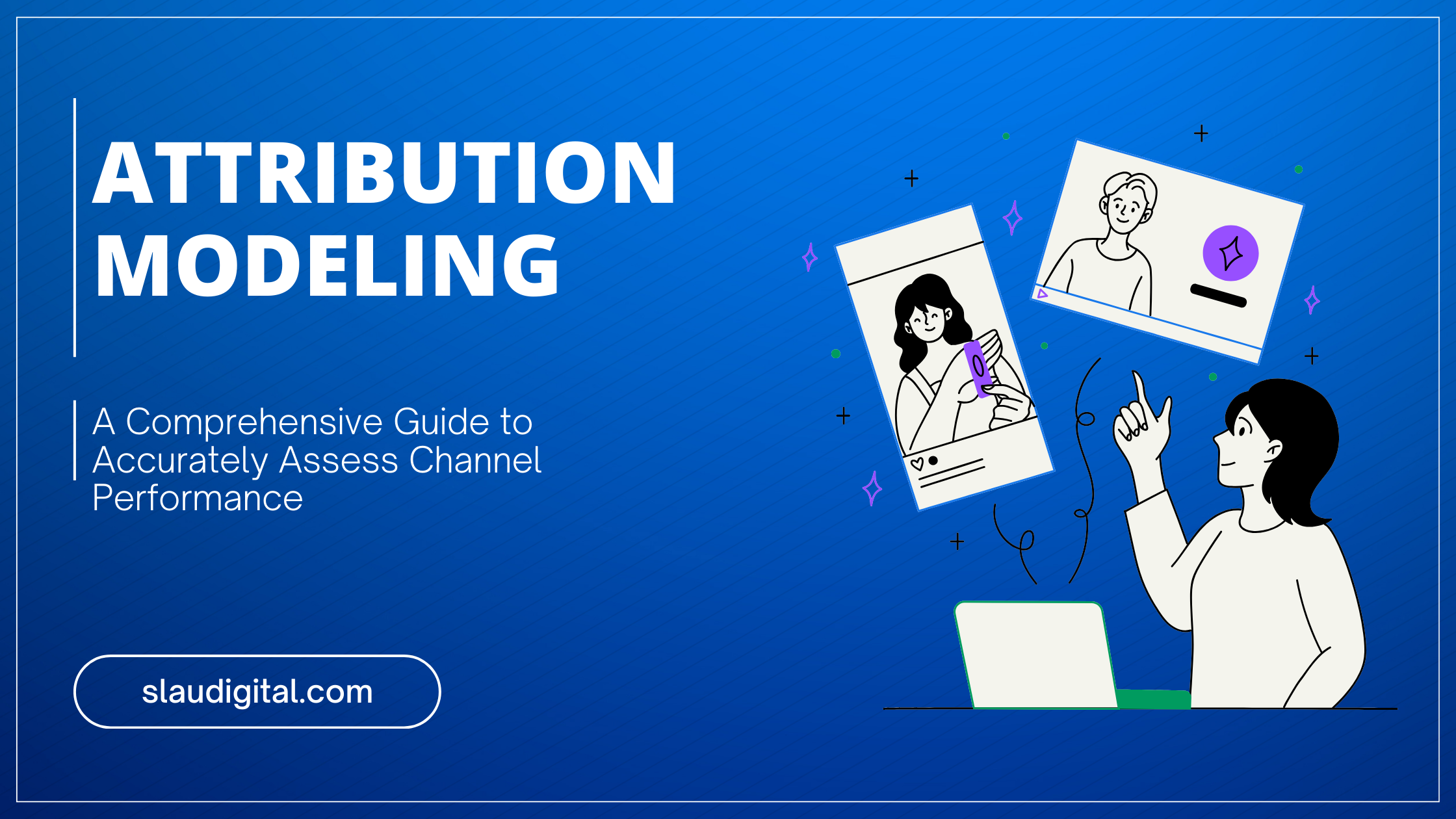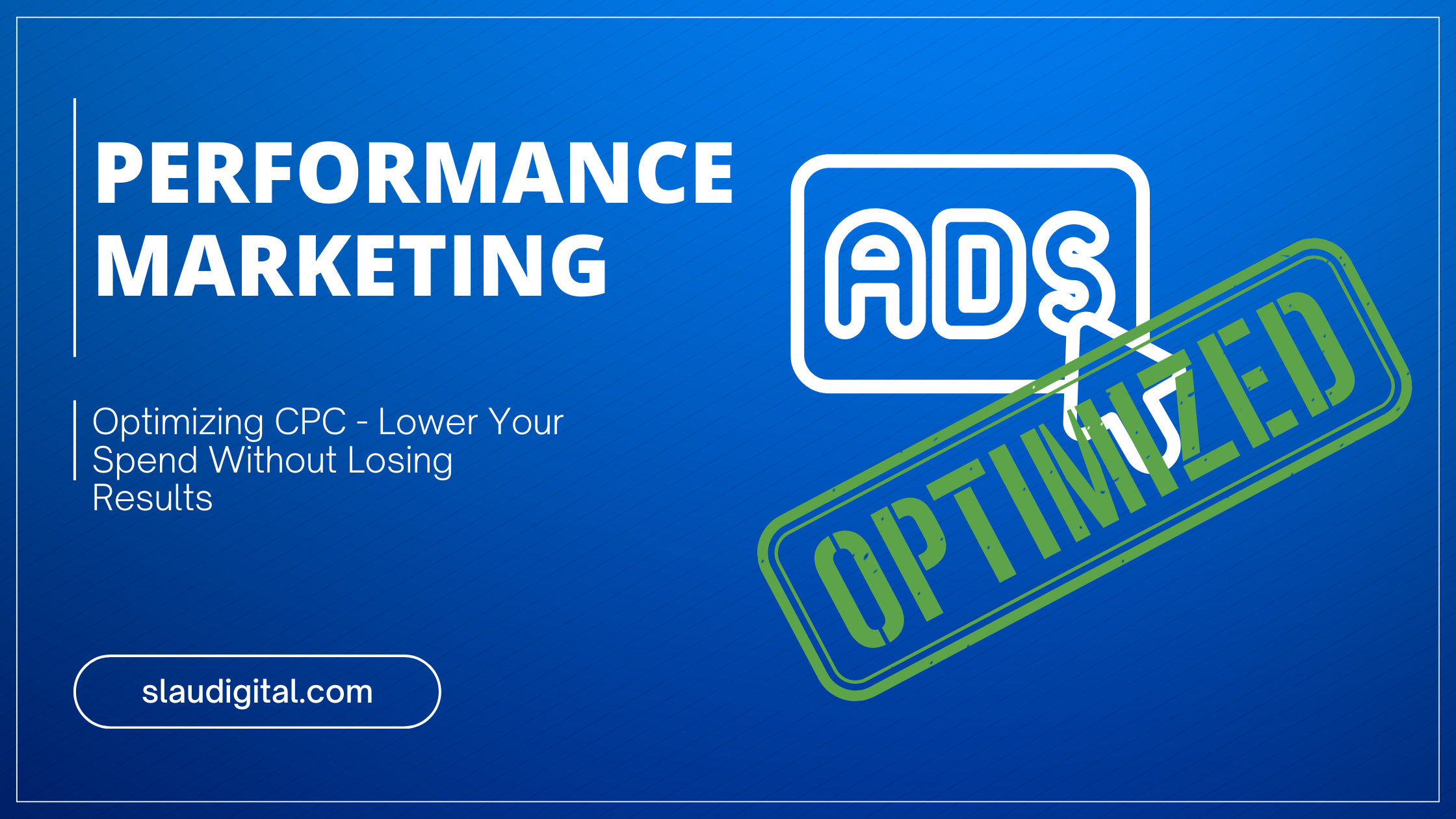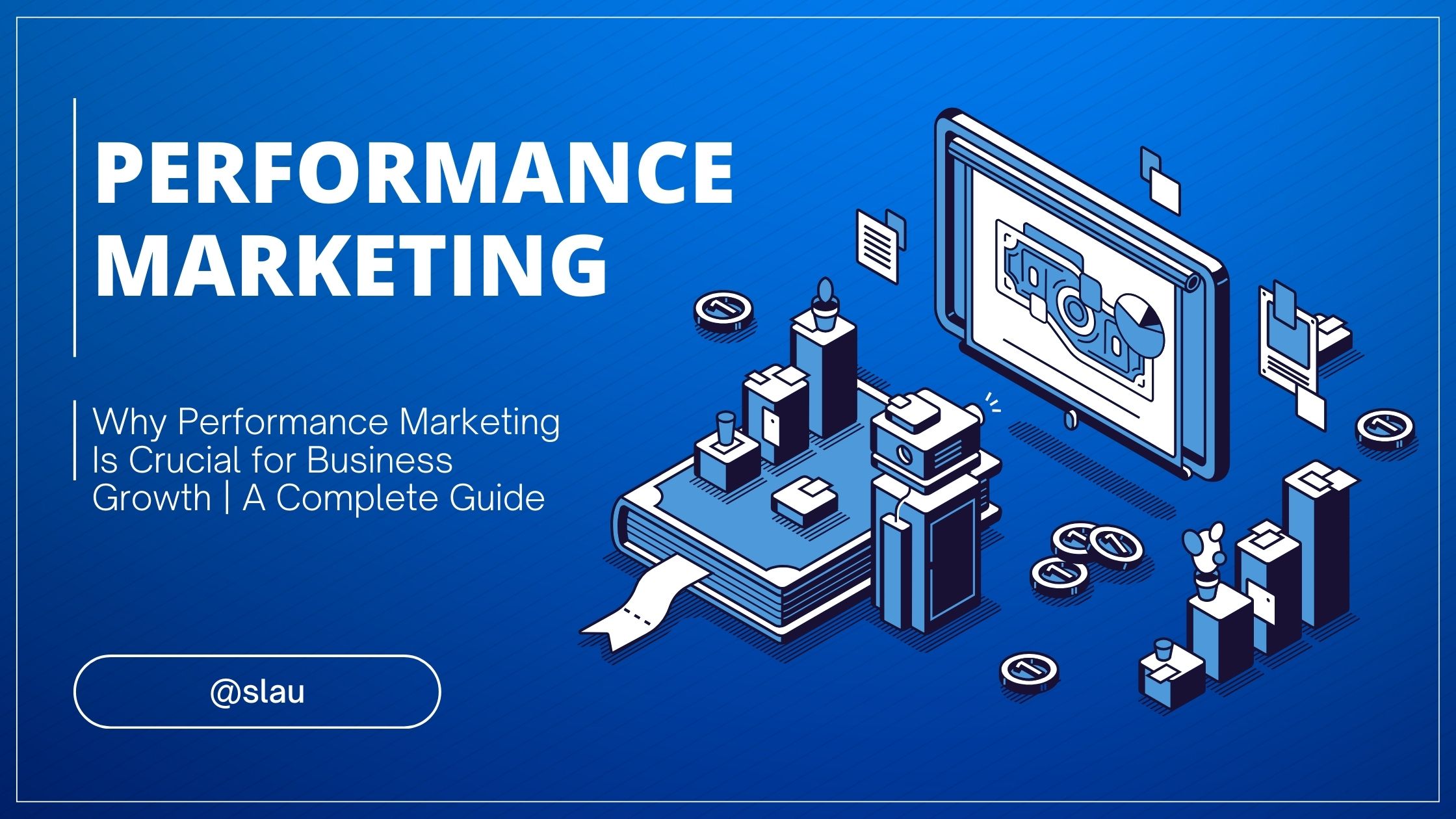In an increasingly data-driven marketing world, understanding which channels contribute most to conversions or sales is more vital than ever. Marketers and business owners often spend hefty budgets on multiple advertising channels—Facebook Ads, Google Ads, email marketing, SEO, and more—yet remain unsure which ones truly drive results. That’s where Attribution Modeling comes in. By giving credit to each touchpoint in a customer’s journey, attribution models help you pinpoint where to allocate resources, refine your messaging, and maximize ROI.
But attribution isn’t as straightforward as you might think. Questions arise: Do you give all the credit to the very first ad a user clicks? Or to the last one they see before converting? Or is there a more nuanced approach? This article will dive into different attribution models, the Attribution Modeling Challenges you might face, and actionable steps on how to implement each model for better ads attribution analytics.
Table of Contents
- What Is Attribution Modeling?
- Why Attribution Matters
- Common Attribution Models
- Attribution Modeling Challenges
- How to Implement Attribution Models
- Real-World Example: Multi-Channel eCommerce Store
- Best Practices for Accurate Channel Performance Assessment
- Future of Attribution Modeling
- Conclusion
1. What Is Attribution Modeling?
Attribution Modeling is the practice of assigning credit to various marketing touchpoints that lead a user to convert—whether that conversion is a purchase, form submission, subscription, or any other business goal. Essentially, it’s how you decide which channel or ad interaction gets the kudos for driving a sale.
Modern consumers rarely convert after a single ad interaction. They might see a Facebook ad, do a quick Google search, click on a display banner, then finally receive an email offer that closes the deal. Without an attribution model, you might mistakenly assume that email alone did all the heavy lifting, or conversely that Facebook deserves 100% of the credit. In reality, the purchase was influenced by multiple, interconnected steps.
2. Why Attribution Matters
- Budget Allocation: By understanding how each channel or campaign contributes to your goals, you can allocate your budget more intelligently.
- Performance Optimization: Once you know which channels pull the most weight, you can refine your messaging or up the spend to get better results.
- Strategic Insights: Attribution metrics often unearth hidden synergies. For instance, you might discover that display ads don’t convert directly but help nurture awareness that later drives organic or paid search conversions.
- Improved ROI: Accurate data guides you away from underperforming channels or campaigns, ultimately optimizing return on investment.
According to various marketing analytics studies, businesses that implement a sound attribution model can see up to a 20-30% improvement in overall marketing ROI because they’re able to make data-informed decisions about where to put their dollars.
3. Common Attribution Models
Each attribution model tells a different story about how credit is given. While there’s no one-size-fits-all solution, the best model for your business depends on your sales cycle, customer journey, and marketing channels.
3.1 First-Click Attribution
- Definition: The very first interaction that drives a user to your website or app receives 100% of the credit.
- Best For: Businesses aiming to measure which channels generate the initial interest or awareness.
- Pros: Easy to implement, highlights brand-awareness channels, aligns well with top-of-funnel strategies.
- Cons: Ignores the influence of subsequent touchpoints that push the user over the finish line.
Example:
If a potential customer first clicks a Google Search ad but later interacts with a Facebook retargeting ad and an email campaign before buying, the Google Search ad gets all the credit under First-Click Attribution.
3.2 Last-Click Attribution
- Definition: The final interaction before a user converts is given 100% of the credit.
- Best For: Businesses focusing on the moment that ‘seals the deal,’ especially when the path to conversion is short.
- Pros: Straightforward to set up, widely used as a default in many analytics platforms.
- Cons: Discounts top and middle-funnel activities that help nurture prospects.
Example:
If someone sees three ads—Google Display, Facebook, and finally a last-minute Instagram ad—and immediately converts after clicking the Instagram ad, Instagram gets all the credit in a Last-Click model.
3.3 Linear Attribution
- Definition: Distributes credit evenly across all touchpoints in the conversion path.
- Best For: Businesses that want an “everyone is equal” perspective.
- Pros: Recognizes all channels that influenced the conversion, gives broad insights into a multi-touch journey.
- Cons: Not all touchpoints are necessarily equal; some channels might play a bigger role than others.
Example:
If a prospect interacts with 4 channels before converting, each of those 4 interactions will receive 25% of the credit.
3.4 Time Decay Attribution
- Definition: Gives credit to each touchpoint but weights the most recent interactions more heavily. The older the interaction, the less credit it receives.
- Best For: Businesses with short sales cycles, where the final interactions are more influential.
- Pros: More balanced than Last-Click, yet acknowledges that the closer you are to conversion, the more impactful the channel tends to be.
- Cons: If your sales cycle is long, early touchpoints might be undervalued.
Example:
A user visits your site five times in 30 days. The visit on Day 29 that leads directly to purchase will receive more credit than the Day 1 visit.
3.5 Position-Based (U-Shaped) Attribution
- Definition: Generally assigns 40% credit to the first interaction, 40% credit to the last interaction, and splits the remaining 20% among the other touchpoints.
- Best For: Organizations that believe early awareness and final decision-making are the two primary pillars of conversion.
- Pros: Balances the importance of first-touch brand awareness and last-touch closure.
- Cons: May still oversimplify if there are several influential mid-funnel interactions.
Example:
If you have five touchpoints leading to conversion, the first and last get the bulk of the credit, while the middle three share the leftover credit.
3.6 W-Shaped Attribution
- Definition: Similar to U-Shaped but adds more weight to the middle “opportunity creation” touchpoint (e.g., when a lead officially becomes qualified). Often, the credit distribution goes 30% for first-click, 30% for lead-conversion click, 30% for the final conversion click, and 10% spread among the other interactions.
- Best For: B2B or longer, more complex sales cycles, especially where identifying a “qualified lead” stage is important.
- Pros: Illuminates that critical moment when a lead truly engages, not just the beginning or end.
- Cons: Requires robust tracking and a clear understanding of when leads become opportunities.
3.7 Custom or Algorithmic Attribution
- Definition: Uses advanced statistical models, machine learning, or custom logic to assign credit.
- Best For: Enterprise-level companies or data-savvy businesses with resources to develop proprietary models that reflect their unique customer journey.
- Pros: Highly accurate, can adapt as your customers’ behaviors and channels evolve.
- Cons: Complex to set up, often requiring specialized tools or data science expertise.
4. Attribution Modeling Challenges
While attribution modeling can be a game-changer, it’s not without hurdles. These Attribution Modeling Challenges often deter businesses from fully adopting multi-touch analytics.
4.1 Data Siloes and Inconsistent Tracking
It’s tough to build a complete picture of the customer journey if your data sits in separate systems—CRM, Google Ads, Facebook Ads, email platforms, etc. Inconsistent naming conventions, missed UTM parameters, or misconfigured pixels can further muddy the waters.
4.2 Cross-Device and Cross-Channel Complexities
A single user might research your product on a laptop, then later convert on a mobile phone—or see your ad on social media, then follow up with a direct site visit. Tracking these interactions as a single journey requires sophisticated tools and sometimes user logins to stitch data together. Even then, identity resolution isn’t always perfect.
4.3 Limited Access to Data
Data privacy regulations (GDPR, CCPA) often limit how businesses collect or store personal data. Additionally, platforms like iOS restrict certain tracking methods (e.g., Apple’s App Tracking Transparency). These factors can lead to partial or missing data for certain segments of users.
4.4 Privacy Regulations
Stricter regulations affect the way marketers track and attribute user actions. Cookies have a shorter lifespan, browser policies reduce tracking capabilities, and consumers can opt out of data sharing more easily. Balancing compliance with accurate attribution is a major challenge for marketers today.
5. How to Implement Attribution Models
Implementing an attribution model isn’t just about flipping a switch in Google Analytics. It requires strategic planning, consistent data tracking, and ongoing optimization. Below are key steps to help you succeed:
5.1 Define Clear Goals and KPIs
- Identify Conversion Events: Determine what you’re measuring: is it purchases, form fills, or subscriptions?
- Map the Customer Journey: Understand your typical funnel—awareness, consideration, conversion, and beyond.
- Decide the Metrics: Are you focusing on cost per acquisition (CPA), return on ad spend (ROAS), or lead quality?
5.2 Choose the Right Model (or Models)
- Match the Model to Your Sales Cycle: If your business model relies heavily on early brand awareness, you might favor a U-Shaped model. If your final steps in the funnel are critical, try Time Decay or W-Shaped.
- Test Multiple Models: You can compare outcomes from different models to see which best aligns with your revenue patterns or sales pipeline.
5.3 Set Up Conversion Tracking
- Use UTM Parameters: Tag your URLs properly in your Facebook, LinkedIn, Google Ads, or email campaigns so you can easily identify traffic sources.
- Configure Analytics Platforms: Tools like Google Analytics 4, Adobe Analytics, or custom BI solutions can track multi-touch paths if set up correctly.
- Sync with CRM Systems: If you’re B2B, linking marketing data to Salesforce or HubSpot can help track conversions beyond the initial online interaction.
5.4 Use Analytics Tools for Ads Attribution Analytics
- Google Analytics Multi-Channel Funnels: Provides a built-in way to visualize how channels interact before a conversion.
- Platform-Specific Attribution Tools: Facebook Ads Manager offers a limited but still helpful view of how Facebook ads contribute to conversions; similarly, Google Ads has its own attribution reports.
- Third-Party Tools: Options like Wicked Reports, Triple Whale, or Northbeam can help unify data sources for more holistic “ads attribution analytics,” particularly in eCommerce environments.
5.5 Test, Iterate, and Optimize
- Monitor Performance: Track changes in CPA, conversion rate, and channel contributions once you switch or refine your model.
- Regularly Review the Customer Journey: As you add new channels or your audience’s behavior shifts, revisit your model to ensure it still holds up.
- Gather Feedback: Talk to sales teams, read customer feedback, and watch for anomalies—like a sudden drop in attributed revenue from a key channel.
6. Real-World Example: Multi-Channel eCommerce Store
Imagine you run an eCommerce store selling specialized fitness equipment. Your average product price is $300, and you use Google Search Ads, Facebook/Instagram Ads, email marketing, and organic content marketing.
- First-Click vs. Last-Click
- You notice Google Search Ads dominate under Last-Click, while Facebook Ads get minimal credit. But a First-Click report shows Facebook often initiates the user journey.
- Takeaway: If you only relied on Last-Click, you might underestimate how Facebook Ads help build brand awareness.
- Considering Time Decay
- You have a two-week sales cycle. Time Decay might better reflect your conversion path, assigning more credit to interactions in the final days leading to a sale.
- You discover your email nurturing sequence is crucial in the last 3 days of the cycle, so you decide to increase your investment in email automation.
- Outcome
- By switching from a pure Last-Click model to Time Decay, you reallocate budget to both Facebook (for awareness) and emails (for final push). Within a few months, your CPA drops by 20%, and average monthly revenue increases by 15%.
7. Best Practices for Accurate Channel Performance Assessment
- Consolidate Data: Aim for a single source of truth, whether it’s a dedicated analytics platform or a robust CRM.
- Maintain Consistent Campaign Tagging: Use UTM parameters meticulously. Even small inconsistencies can distort your reports.
- Validate Conversions: Double-check that leads or sales reported by your analytics tool match real outcomes (e.g., CRM data).
- Account for Offline Touchpoints: If you have a sales team calling leads or attend events, incorporate that data whenever possible.
- Stay Compliant: Implement GDPR and CCPA best practices, offering transparent opt-in/out options for users.
8. Future of Attribution Modeling
The world of Attribution Modeling is evolving as privacy regulations tighten and third-party cookies phase out. Machine learning is increasingly prominent, with tools that model data to fill in the gaps left by missing cookies or opted-out users. Meanwhile, tech giants like Google are rolling out solutions that blend deterministic and probabilistic data.
- Unified Identity Solutions: Emerging technologies aim to tie user identities across multiple devices and platforms, but they face regulatory and user-consent hurdles.
- First-Party Data Emphasis: Marketers are encouraged to build strong relationships with their audience, collecting first-party data (like newsletter signups or loyalty programs) that can be used for tracking and personalization in a privacy-compliant way.
- Incrementality Testing: Some advertisers rely on experiments—like hold-out groups where certain ads aren’t shown—to gauge true incremental lifts, sidestepping traditional last-click or multi-touch methods.
9. Conclusion
Attribution Modeling serves as your compass in the complex world of digital marketing, guiding where to spend, how to message, and which channels deserve the spotlight. Whether you start with a simpler model like Last-Click or First-Click, or opt for more nuanced methods like W-Shaped or algorithmic, the key is to keep your customer journey at the heart of your decisions.
As marketing professionals, business owners, or entrepreneurs, taking the time to choose and implement an attribution model that suits your unique funnel can pay massive dividends. From improved budget efficiency to better collaboration between marketing and sales, the benefits are tangible.
That said, be prepared to face Attribution Modeling Challenges—data siloes, cross-device complexities, and evolving privacy regulations are par for the course. The good news? With the right combination of tracking tools, analytics platforms, and iterative testing, you can overcome these hurdles and gain a clear, data-backed view of how your marketing efforts converge to drive growth.
Remember, the customer journey isn’t linear, and neither should your approach to analyzing it. Embrace multi-touch thinking, keep refining your “ads attribution analytics,” and stay nimble. In doing so, you’ll not only assess channel performance with greater accuracy—you’ll also unlock valuable insights that help your business flourish in an ever-competitive landscape.
Final Thoughts & Next Steps
- Audit Your Current Attribution Approach: Are you defaulting to Last-Click by habit, or do you have a system in place?
- Pick a Model to Experiment With: If you’re a novice, try a simple model (like Linear or Time Decay) first, then compare results.
- Invest in the Right Tools: From Google Analytics 4 to specialized attribution platforms, ensure your tracking is robust.
- Involve Your Team: Everyone from your PPC specialist to your email marketer and sales manager should understand how attribution drives insights.
- Adapt Over Time: As your business evolves, so will your funnel. Update your attribution model and assumptions regularly.
By following these steps and exploring the models that best fit your business, you’ll be well on your way to mastering attribution modeling and accurately assessing channel performance—empowering you to make smarter, data-driven decisions.


